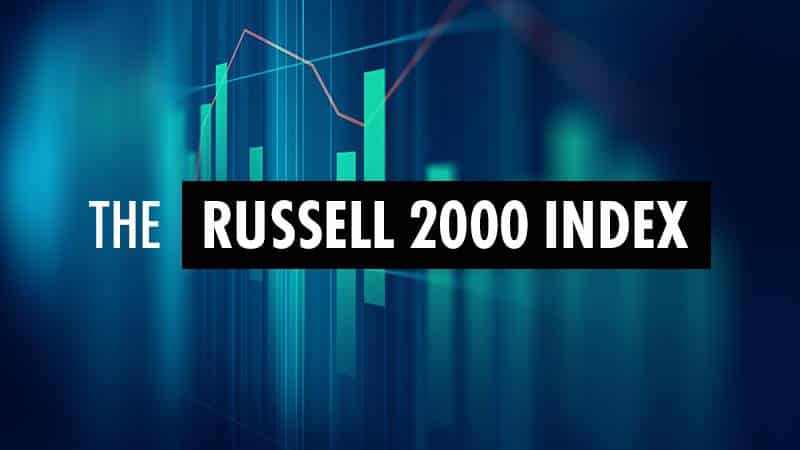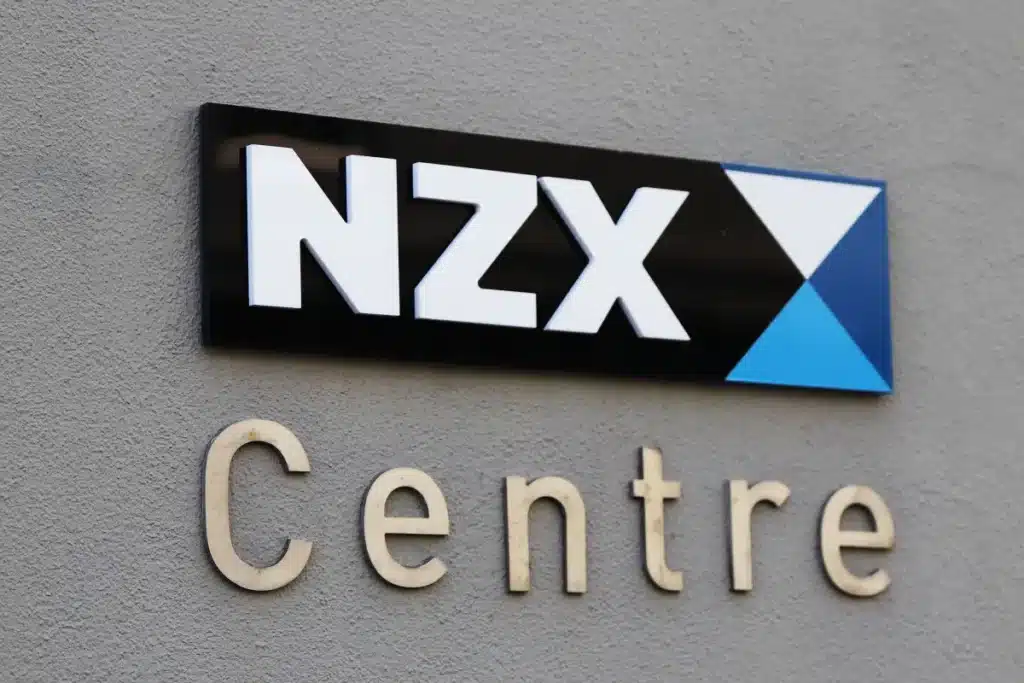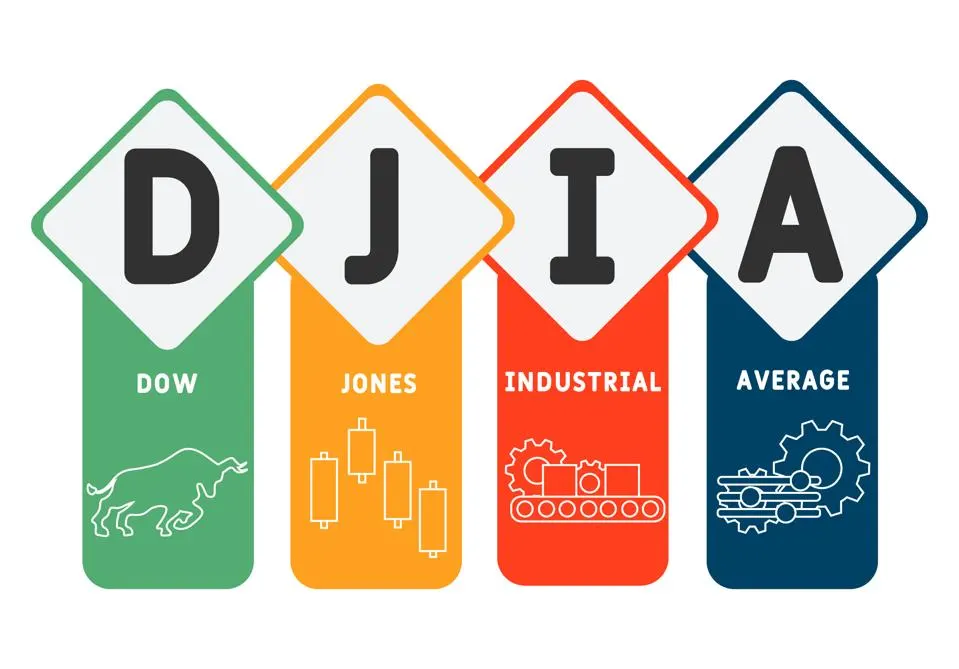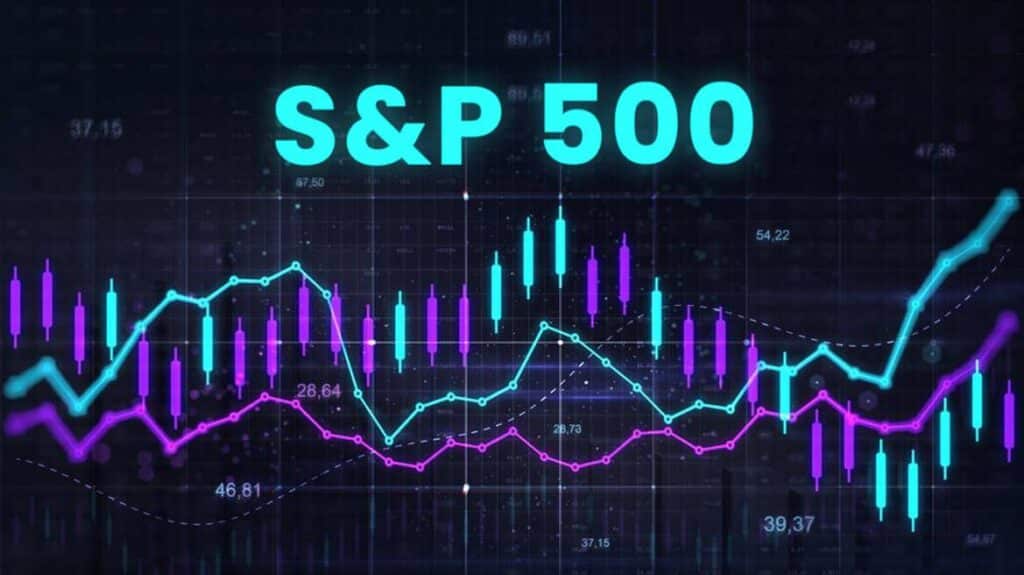Futures Drop, Moody’s Downgrade, Nvidia CEO Comments – What’s Moving Markets
The stock market seems to be taking a rollercoaster ride today, and there are a few reasons behind the latest market movements. On May 19, 2025, U.S. stock futures edged lower following a pivotal downgrade by Moody’s, one of the top credit rating agencies, which raised eyebrows across the financial world. This downgrade was driven by ongoing concerns surrounding the growing U.S. debt, which has surpassed its previous limits, leaving many investors both cautious and curious about the road ahead.
Moody’s credit rating adjustment doesn’t happen on a whim and usually signals deeper underlying economic issues. It’s essentially a vote of no confidence concerning how sustainable and manageable the U.S. debt levels are perceived to be in the long run. This action has had a domino effect, impacting global investor sentiment, prompting many to reassess their asset allocations and investment strategies.
Adding to the volatility, reactions swiftly surfaced from international players. China urged the United States to act “responsibly” in response to Moody’s adjustment. Such calls emphasize the interconnectedness of global economies, exposing how actions on one side of the globe can reverberate across continents.
Amidst this turmoil, Nvidia’s CEO stepped into the spotlight with notable comments. As a leading player in the semiconductor sector, Nvidia’s operations and strategic movements are always closely watched by traders. While the specifics of these comments weren’t outlined in our source, any statement from a prominent CEO often causes a stir, especially in volatile markets.
Moreover, the Moody’s downgrade acted as a catalyst in pushing gold prices higher. In times of economic uncertainty, gold is often viewed as a safe-haven asset. Its value shines brightest when traditional investments, such as stocks, appear riskier. Similarly, Bitcoin also reaped the benefits, achieving a four-month high at $105,000 as investors turned to alternative assets.
Traders who are eyeing futures have been seeing shifts. Futures, which are essentially contracts agreeing to buy or sell an asset at a predetermined price at a specified time in the future, naturally reflect market sentiment and economic uncertainty. The future dropped following these adjustments, highlighting how anticipation of economic fluctuations can directly influence trading behavior.
In summary, today’s market movements reflect a blend of domestic debt anxiety, international reactions, corporate insights, and a shifting preference for safe-haven assets. As the day progresses and more responses surface, both seasoned and new investors will find it crucial to keep an ear to the ground and an eye on global economic cues. This ensures they navigate these choppy waters informed, prepared, and ready to adapt to whichever way the financial winds may blow.
Today’s Top Analysis
The investing landscape is ever-changing, and understanding the dynamics at play is crucial for anyone looking to make informed decisions. Today’s top analysis provides insights into key factors currently influencing the market. Let’s dive into the major analyses shaping the markets today, with a focus on the recent events and trends.
Stocks Week Ahead: Markets May Correct After Moody’s Cut and Tariff Deal Bounce
Recently, Moody’s downgraded its U.S. credit rating, a move that has sent ripples through the market. This analysis suggests that we might see a market correction following the initial reactions to both the credit downgrade and optimism from a recent tariff deal bounce. Market corrections occur when stock prices drop, possibly providing a buying opportunity for savvy investors. However, it’s crucial to approach these situations with caution, understanding that a correction is a normal part of the market cycle, intended to address overvaluations.
US Dollar: Bearish Pressure Mounts as Moody’s Downgrade Raises Growth Concerns
The analysis delves into the impact of Moody’s downgrade on the U.S. dollar. A credit downgrade often leads to increased skepticism about the country’s economic outlook, which in turn can exert bearish pressure on its currency. This means that the dollar could weaken in value as investors weigh the potential long-term effects on economic growth. A weaker dollar can influence international trading dynamics, as well as affect investors holding dollar-denominated assets.
AI-Fueled Chip Rally Gains Renewed Breath From Middle East Data Center Push
The tech industry continues to be a major focal point for investors, and recent developments in the Middle East provide new impetus for the AI chip market. As investment pours into data centers in this region, there’s a renewed demand for AI-driven hardware solutions. This analysis highlights how such regional developments can drive innovation and growth in the tech sector, offering opportunities for investors looking to capitalize on the burgeoning field of artificial intelligence.
Retail Sales Continue to Show the Effects of Inflation
Inflation remains a buzzword in today’s economic discussions, and its effects are evident in retail sales figures. This analysis brings to light how inflation can affect consumer purchasing power, influencing spending habits. As prices rise, consumers often become more selective, potentially prioritizing necessities over luxury purchases. Understanding these trends helps investors pinpoint sectors that may either struggle or thrive in an inflationary environment, such as essentials like groceries versus discretionary items like high-end electronics.
Each of these analyses provides a layer of understanding about current market dynamics. For investors, staying informed about these trends is crucial as they navigate their investment journeys. By analyzing these insights, you can better understand how broader economic shifts might impact specific sectors or assets, allowing you to make more strategic choices in your investment strategy. Remember, while these analyses offer valuable perspectives, it’s essential to conduct your own research and consider a variety of sources when making investment decisions.
Understanding Today’s Top News
Today’s headlines are abuzz with financial movements initiated by Moody’s downgrade. Let’s break down the significant news stories affecting the stock market landscape. This will help provide clarity on how these developments might impact your investment decisions. Remember, understanding what’s happening around the globe is crucial in making informed investment choices.
U.S. Stock Futures Slide Following Moody’s Downgrade
The first headline highlights the slump in U.S. stock futures after Moody’s, a major credit rating agency, decided to downgrade the U.S. credit rating. But what does this mean? Essentially, a credit rating is like a report card for a country’s ability to repay debt. Moody’s downgrade signals concerns over the growing U.S. debt, suggesting potential economic challenges ahead. As an investor, this could mean increased volatility in stock markets as traders adjust their positions based on perceived risks. Watching how this unfolds can provide insights into future market trends.
China Urges the U.S. to Act ‘Responsibly’
In response to Moody’s actions, China has called on the U.S. to manage its financial affairs responsibly. This interaction underscores the interconnected nature of the global economy. China, being one of the largest holders of U.S. debt, has a vested interest in U.S. financial stability. Any significant financial movement or policy change in the U.S. can have ripple effects on global markets, potentially impacting your investment portfolio as well. Staying informed on international relations is key in anticipating market movements.
Gold Prices See an Upsurge
On a related note, gold prices have risen following the downgrade news. Gold is often seen as a *safe haven* asset. When uncertainty looms, investors flock to gold as a more stable investment. For those cautious about market volatility, investing in gold or similar commodities can be a hedge against downturns in stocks or other more volatile investments. Recognizing shifts in commodities like gold can serve as an indicator for broader market sentiment.
Geopolitical Moves: Trump’s Willingness to Engage
Geopolitical news also makes the headlines, with former President Donald Trump expressing readiness to travel to China for direct negotiations with President Xi Jinping. Such high-level discussions can influence economic policies and trade agreements, further impacting global markets. Investors often watch these interactions carefully, as positive diplomatic relations can lead to market optimism and potentially lucrative opportunities.
5 featured stocks in 2025
Bitcoin Hits a Four-Month High
Lastly, the world of cryptocurrencies reacts to the rating downgrade, with Bitcoin reaching a four-month high of $105,000. Cryptocurrencies can sometimes be viewed as alternatives to traditional financial systems, especially in times of uncertainty. The spike in Bitcoin’s value may reflect investor sentiment seeking refuge from traditional markets in digital currencies. This highlights the importance of diversification in your investment strategy, considering both traditional and digital assets.
In conclusion, today’s headlines emphasize the importance of staying updated on global financial news. Whether it’s a credit downgrade, geopolitical moves, or changes in commodity prices, each piece of information can help shape your investment strategies. At LearnbyRose.com, we’re committed to equipping you with the tools and insights necessary to navigate these ever-changing financial waters effectively.








